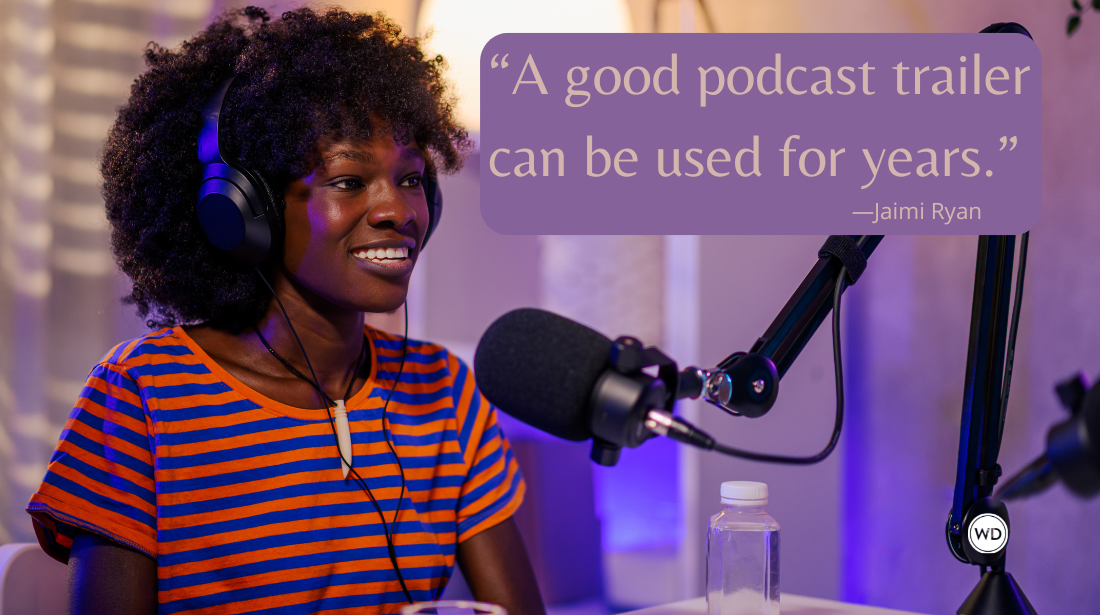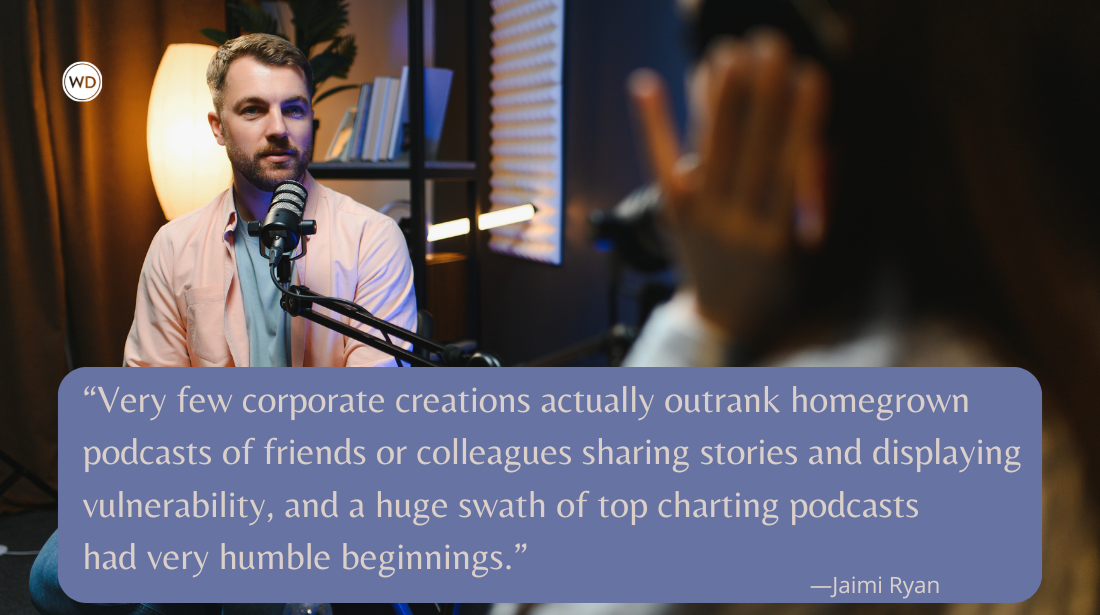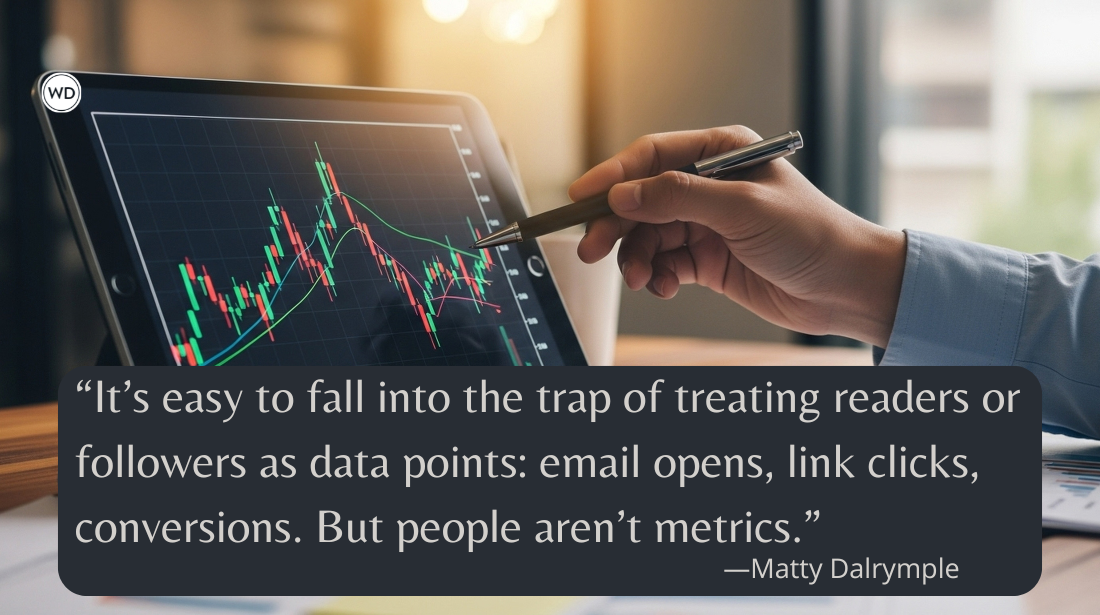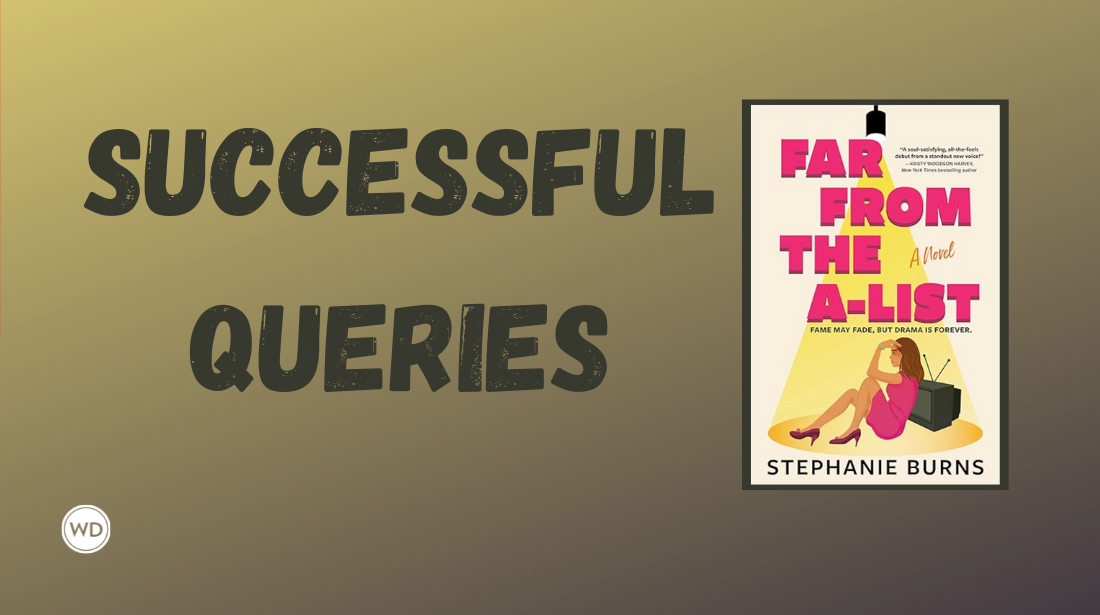100 Common Publishing Terms
Here’s a list of 100 common publishing terms and their definitions, including the meanings of ARC, high concept, platform, simultaneous submissions, and so much more.
I've spent more than two decades in the publishing (and/or media) business now, working on everything from books to magazines to websites to databases to events and, well, whatever allows me to write and interact with other writers. Over time, it can be easy to forget that publishing has its own jargon that may not be familiar to people new to the business.
While we try to explain them as we go, we often drop common publishing terms on this site in various posts and articles. So I’m going to share some common definitions in this post.
*****
You've devoted hours, days, months—even years—to writing and editing your novel or nonfiction book. With all that time invested, it's natural to want recognition for your hard work and dedication. Take your writing one step further and tackle the publishing process. When you enroll in this online course, you'll learn the details of the query letter format and how to write a query letter that catches the attention of agents and publishers.
*****
100 Common Publishing Terms
Advance. A sum of money a publisher pays a writer prior to the publication of a book usually paid in installments, such as one-half on signing contract; one-half on delivery of a complete and satisfactory manuscript.
Agent. A liaison between a writer and editor or publisher who advocates for his or her client (writer). Agents usually take a 10-15% commission from the advance and royalties.
All rights. Situation in which an author sells all rights to a work. Not recommended for writing that could have reprint potential.
ARC. Advance reader copy—an early version of the book sent out to media outlets for possible reviews and interviews.
Assignment. Editor asks a writer to produce a specific article for an agreed-upon fee.
Auction. Publishers sometimes bid for the acquisition of a book manuscript that has excellent sales prospects. The bids are for the amount of the author's advance, advertising and promotional expenses, royalty percentages, and more. Auctions are conducted by agents.
Backlist. A publisher's list of its books that were not published during the current season, but that are still in print.
Bimonthly. Every two months.
Bio. A sentence or brief paragraph about the writer; can include education and work experience.
Biweekly. Every two weeks.
Blurb. The copy on book covers or book dust jackets, promoting the book and the author or featuring testimonials from book reviewers or well-known people in the book's field. Also called flap copy or jacket copy.
Boilerplate. A standardized contract.
Bound galleys. Prepublication edition of book of final galley proofs, also known as "bound proofs."
Byline. Name of the author appearing with the published piece.
Category Fiction. A term used to include all genres of fiction.
Chapbook. A small print or digital book of poetry or fiction—usually fewer than 40 pages.
Circulation. The number of subscribers to a magazine.
Clips. Samples of a writer's published work.
Contributor copies. Copies of the magazine issues or books sent to the author in which the author's work appears.
Co-publishing. Arrangement where author and publisher share publication costs and profits of a book. Also known as cooperative publishing.
Copyediting. Editing a manuscript for grammar, punctuation, printing style, and factual accuracy.
Comp titles. Comparable or competitive titles—usually included in a book proposal.
Copyright. A means to protect an author's work.
Cover letter. A brief letter that accompanies the manuscript being sent to an agent or editor.
Critiquing service. An editing service in which writers pay a fee for comments on the salability or other qualities of their manuscript. Fees vary, as do the quality of the critiques.
CV. Curriculum vita. A brief listing of qualifications and career accomplishments.
*****
Ready to send out your query? Get a critique!
Are you done writing and revising your manuscript or nonfiction book proposal? Then you’re ready to write a query letter. In order to ensure you make the best impression on literary agents and acquisitions editors, we recommend getting a 2nd Draft Query Letter Critique.
Whether you are an experienced writer looking to improve the elements within your query letter or a new writer looking for pointers on how to write a query letter, our 2nd Draft Query Letter Critique Service provides the advice and feedback you need to improve your query.
*****
Electronic rights. Secondary or subsidiary rights related to electronic or multimedia formats.
Elevator pitch. Concise pitch for a book or screenplay that can be delivered in the time it takes to travel in an elevator.
Endcap. Special retail display at the end of an aisle—usually seen in retail stores, including bookstores.
Evaluation fees. Fees an agent may charge to evaluate material.
Exclusive. Situation where an author gives an agent or publisher the ability to consider a submission without competition from other agents or publishers. Authors should always cap the exclusive time period.
Fair use. A provision of the copyright law that says short passages from copyrighted material may be used without infringing on the owner's rights.
Feature. An article giving the reader information of human interest rather than news.
Filler. A short item used by an editor to "fill" out a newspaper column or magazine page.
Film rights. Rights sold or optioned by the agent/author to a person in the film industry, enabling the book to be made into a movie.
Foreign rights. Translation or reprint rights to be sold in other countries and territories.
Frontlist. A publisher's list of books that are new to the current season.
Galleys. First typeset version of manuscript that has not yet been divided into pages.
Genre. General classification of writing, such as the novel or the poem, or to the categories within those categories within those classifications, such as the horror novel or the sonnet.
Ghostwriter. Writer who writes an article, speech, story, or book based on another person's ideas or knowledge.
Graphic novel. A story in graphic form, long comic strip, or heavily illustrated story; of 40 pages or more.
Hi-lo. A type of fiction that offers a high level of interest for readers at a low reading level.
High concept. A story easily expressed in a quick, one-line description.
Honorarium. Token payment.
Hook. Aspect of the work that sets it apart from others and draws in the reader/viewer.
Imprint. Name applied to a publisher's specific line of books.
Joint contract. A legal agreement between a publisher and two or more authors (or creators), establishing provisions for the division of royalties the book generates.
Kill fee. Fee for a complete article that was assigned and then cancelled.
Lead time. The time between the acquisition of a manuscript by an editor and its actual publication.
Log line. Brief summary of a TV program, movie, or book that captures the main conflict of the story with an emotional hook to generate interest.
Marketing fee. Fee charged by some agents to cover marketing expenses. It may be used to cover postage, photocopying, or any other expense incurred in marketing a manuscript.
Mass market. Non-specialized books of wide appeal directed toward a large audience.
Masthead. Page in a magazine or publication that usually lists contact information, editors (and their titles), and more information that's helpful for freelance writers.
Memoir. A narrative recounting a writer's (or fictional narrator's) personal or family history; specifics may be altered, though essentially considered nonfiction.
MG. Middle grade. The general classification of books written for readers aged nine to 11. Also called middle readers.
Midlist. Titles on a publisher's list that are not expected to be big sellers, but are expected to have limited/modest sales.
Model release. Paper signed by the subject of a photograph giving the photographer permission to use the photograph.
Multiple contract. Book contract with an agreement for a future book(s).
Multiple submissions. Sending more than one book, article, or poem to a publisher at the same time.
Narrative nonfiction. A narrative presentation of actual events. Also called creative nonfiction.
Net royalty. A royalty payment based on the amount of money a book publisher receives on the sale of a book after booksellers' discounts, special sales discounts, and returns.
Novella. A short novel or long short story; approximately 7,000 to 30,000 words.
On spec. Writer submits a completed manuscript for publication "on speculation." The editor is under no obligation to buy the finished manuscript.
One-time rights. Rights allowing a manuscript to be published one time. The work can be sold again by the writer without violating the contract.
Option clause. A contract clause giving a publisher the right to publish an author's next book.
Payment on acceptance. The editor sends you a check for your article, story, or poem as soon as he decides to publish it.
Payment on publication. The editor sends you a check for your material when it is published.
Pen name. The use of a name other than your legal name on articles, stories, or books. Also called a pseudonym.
Photo feature. Feature in which the emphasis is on the photographs rather than on the accompanying written material.
Picture book. Book aimed at pre-schoolers to 8-year-olds that tells a story using a combination of text and art—or artwork only.
Platform. A writer's quantifiable reach within their target audience, which includes speaking experience, publishing history, social media followers, and more.
POD. Print on demand.
Proofreading. Close reading and correction of a manuscript's typographical errors.
Proposal. Summary of a proposed book submitted to a publisher, particularly used for nonfiction manuscripts. Proposals commonly include a cover letter, one-page overview of the book, marketing information, competitive books, author information, chapter-by-chapter outline, and sample chapters.
Query. Letter that sells an idea to an editor or agent.
Remainders. Copies of a book that are slow to sell and can be purchased from the publisher at a reduced rate.
Reporting time. The time it takes for an editor to report to the author on his or her query or manuscript.
Reprint rights. The rights to republish a book after its initial printing.
Royalties. A percentage of money that an author receives from a publisher based off sales terms stipulated within a contract.
SASE. Self-addressed, stamped envelope.
Self-publishing. In this arrangement the author pays for manufacturing, production, and marketing of his book and keeps all income derived from the book sales.
Serial. Published periodically, such as a newspaper or magazine.
Serial fiction. Fiction published in installments, often broken off at a suspenseful spot.
Serial rights. The right for a newspaper or publication to publish sections of a manuscript.
Short-short. A complete short story of 1,500 words or fewer. Also called flash fiction.
Sidebar. Feature presented as a companion to a main article or story highlighting one aspect of the main article or story.
Simultaneous submissions. Sending the same article, story, or poem to several publishers at the same time.
Slush pile. Unsolicited manuscripts and pitches received by an editor, publisher, or agent.
Subagent. An agent handling certain subsidiary rights, usually working in conjunction with the agent who handled the book rights. The percentage paid to the book agent is increased to pay the subagent.
Subsidiary rights. All rights other than book publishing rights included in a book publishing contract, such as paperback rights, book club rights, movie rights, and more.
Subsidy publisher. Book publishers who charge authors for the cost to typeset and print their books, the jacket, etc., as opposed to a traditional publisher who pays the author.
Synopsis. Brief summary of a story, novel, or play. As part of a book proposal, it is a comprehensive summary condensed in a single-spaced page.
Tearsheet. Page from a magazine or newspaper containing a writer's printed story, article, or poem.
TOC. Table of contents.
Trade book. Book that concerns a special interest for a general audience.
Translation rights. Subsidiary rights for book to be translated and sold in another language.
Unsolicited manuscript. A story, article, poem, or book that an editor did not assign.
USP. Unique selling position—what makes your book or article unique in the marketplace.
Work for hire. Situation in which a writer writes material for a publisher or company for a specified amount of money—usually selling all rights to the work, including potential reprint rights.
YA. Young adult. Manuscripts written for readers aged 12 to 18.









